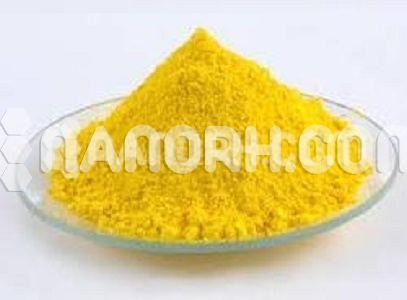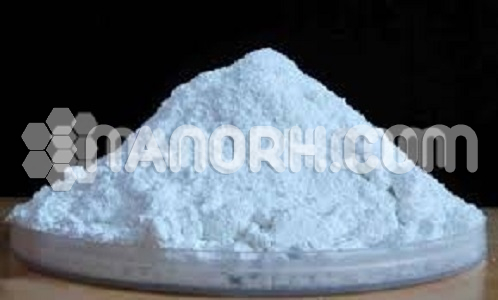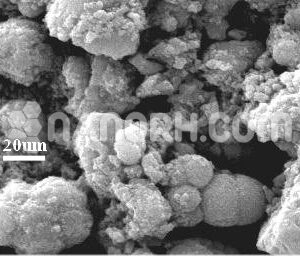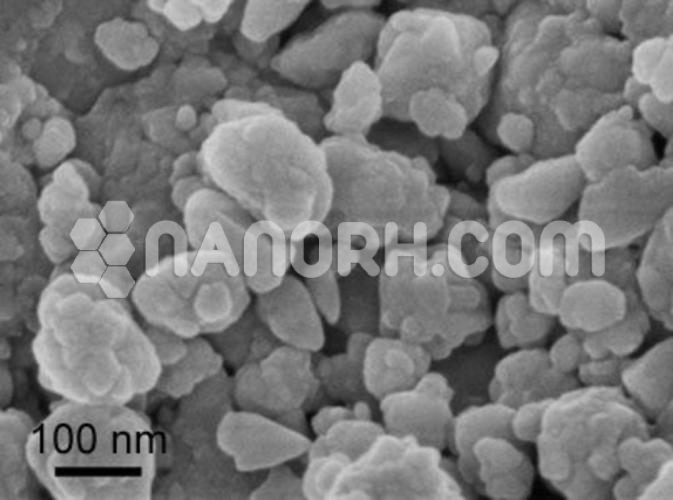| Cadmium Sulfide Powder | |
| Product No | NRE-11042 |
| CAS No. | 1306-23-6 |
| Formula | CdS |
| Molecular Weight | 144.48g/mol |
| APS | <12um (can be customized) |
| Purity | 99.99% |
| Density | 4.826 g/cm3 |
| Color | Yellow-orange |
| Melting Point | 1,750 °C |
| Boiling Point | 980 °C |
Cadmium sulfide Powder
Cadmium sulfide (CdS) is a compound composed of cadmium and sulfur. It is a yellow solid, and it is classified as a direct bandgap semiconductor. Due to its unique properties, cadmium sulfide finds applications in various fields. Here are some common applications of cadmium sulfide powder:
Optoelectronic Devices: CdS is used in the manufacturing of photodetectors, solar cells, and light-emitting diodes (LEDs) due to its excellent photosensitivity and the ability to convert light into electricity.
Photovoltaic Cells: Cadmium sulfide is utilized in the production of thin-film solar cells. It can be combined with other materials to create a photoconductive layer that absorbs light and converts it into electricity, making it an essential component in the renewable energy industry.
Pigments and Paints: Its bright yellow color makes it suitable for use as a pigment in plastics, ceramics, and paints. It is often used to produce a range of shades of yellow in various products.
Chemical Synthesis: CdS is used as a precursor in various chemical synthesis processes. It serves as a source of cadmium and sulfur in the production of other compounds and materials.
Photocatalysts: It is employed as a photocatalyst in environmental applications, such as the degradation of organic pollutants in wastewater and air purification processes.
Sensors: Cadmium sulfide is utilized in the production of sensors for detecting light, which find applications in various fields such as photography, automation, and industrial monitoring.
Electroplating: CdS is used in electroplating applications, where it is employed to provide a durable and corrosion-resistant coating on various surfaces, such as metal objects and electronic components.
Thin-Film Transistors: It is also used in the production of thin-film transistors (TFTs) for electronic displays, such as flat-panel displays and liquid crystal displays (LCDs).




